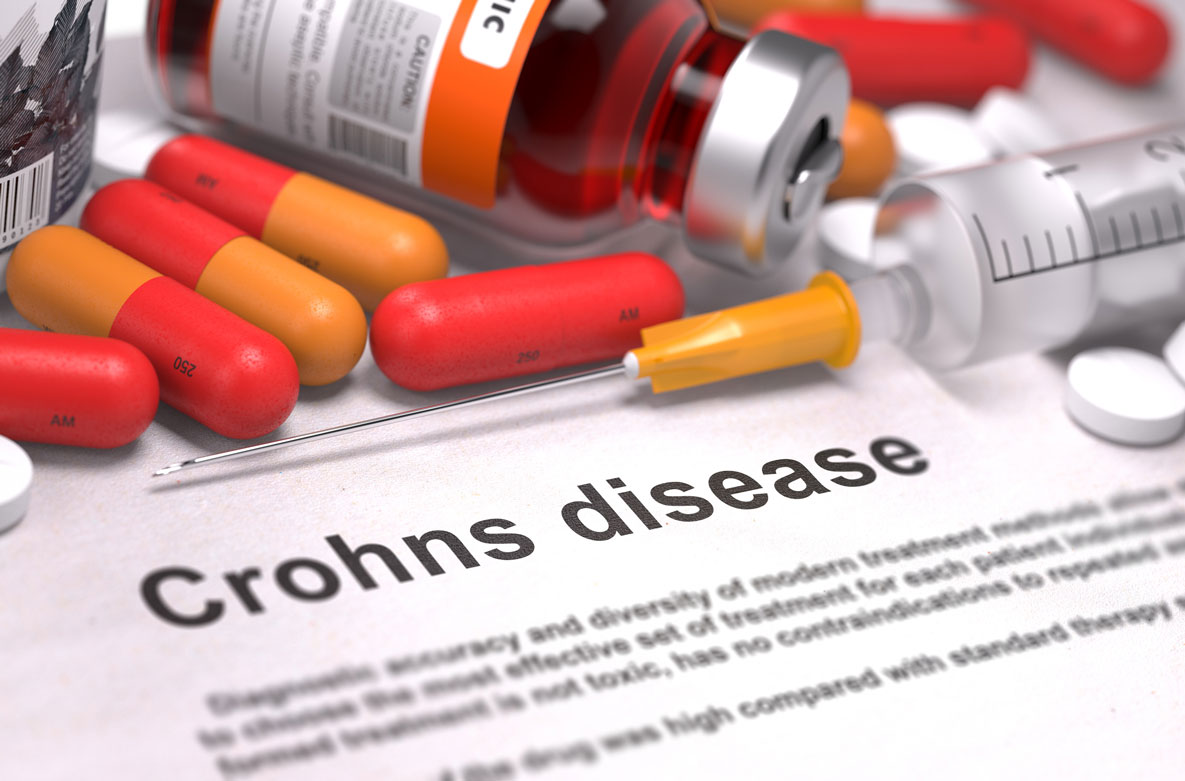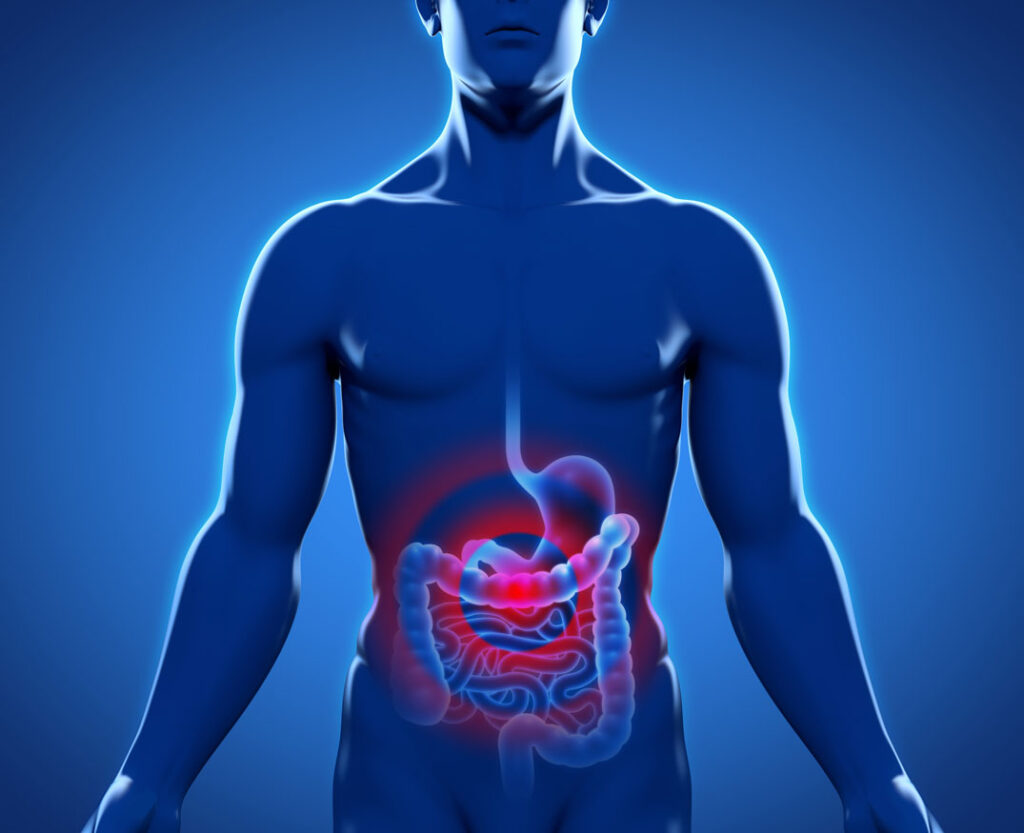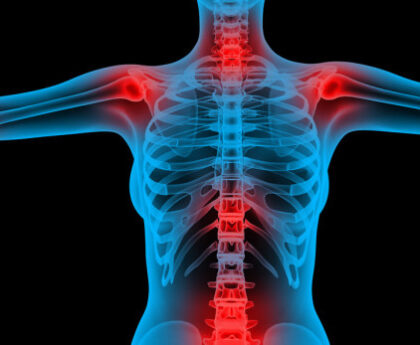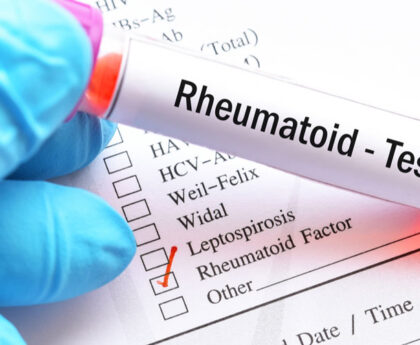After intestinal resection patients with Crohn’s disease need close monitoring and tailored therapy adjustment to reduce the risk of relapses. Today, colonoscopy is still the gold standard for the detection of disease reactivation, an invasive procedure which is unpleasant for the patient and expensive for the health care systems.
Biomarkers in blood or stool samples that correlate with endoscopic findings could therefor improve the surveillance of patients with inflammatory bowel diseases.
A candidate marker for this purpose is measurement of calprotectin concentrations in stool samples from affected patients.
Calprotectin is a calcium-binding protein that is secreted from neutrophil granulocytes during inflammatory processes. Calprotectin is one of the best studied biomarkers in inflammatory bowel disease.
It is known that levels of fecal calprotectin correlate with the magnitude of intestinal inflammation but do they also reflect the state of the intestinal mucosa?
Results from a clinical postoperative recurrence study in Australia and New Zealand
A team of Australian scientists investigated whether monitoring levels of fecal calprotectin can substitute for endoscopic analysis of the intestinal mucosa in patients after surgery. [1] They analyzed data from 135 patients at hospitals in Australia and New Zealand and assessed the ability of endoscopic evaluations and step-up treatment to prevent disease recurrence after surgery. Levels of fecal calprotectin, serum levels of CRP and the Crohn’s disease activity index (CDAI) were measured before surgery and then at 6, 12, and 18 month after resection of the affected tissue sections. In addition, ileocolonoscopies were performed at 6 months and at 18 months after surgery to evaluate the state of the intestinal mucosa.
The median fecal calprotectin level in 319 samples from the 135 patients decreased from 1347 µg/g before surgery to 166 µg/g at 6 months after surgery, but was higher in patients with disease recurrence (275 µg/g) than in patients in remission (72 µg/g). In contrast to CRP and CDAI, combined 6- and 18-month levels of fecal calprotectin correlated with the presence and severity of disease recurrence.
Levels of fecal calprotectin greater than 100 µg/g indicated endoscopic recurrence with 89 % sensitivity and 58 % specificity and a negative predictive value of 91 %, indicating that colonoscopy could have been avoided in 47 % of the patients. Six months after surgery, levels of fecal calprotectin below 51 µg/g predicted maintenance of endoscopic remission.
In patients with endoscopic disease recurrence at 6 months who stepped-up treatment, levels of fecal calprotectin decreased from 324 µg/g at 6 months to 180 µg/g at 12 months and 109 µg/g at 18 months.
Results of a comparison study of fecal calprotectin and serum CRP in France
A French study, including 86 asymptomatic patients with Crohn’s disease who were referred for a routine colonoscopy after ileocolonic resection showed similar results.[2] Blood tests for CRP, measurement of fecal calprotectin and endoscopic investigations were performed during 3–18 months after surgery. According to the postoperative endoscopic Rutgeerts score [3], 50 % of the patients were in endoscopic remission at the time of the control visit, while moderate or severe endoscopic recurrence was evident in 18 % and 31% of the patients.
The mean levels of fecal calprotectin were significantly higher in patients with endoscopic recurrence (473 μg/g) when compared with those in endoscopic remission (115 μg/g). There was a marked and significant gradual increase of the concentrations of fecal calprotectin with regards to the postoperative endoscopic severity. The correlation between fecal calprotectin levels and the Rutgeerts score was strong and highly significant. The correlation between CRP levels and the Rutgeerts score was weaker, but still significant. The overall accuracy was better for fecal calprotectin (77%) than that of CRP (53%), for predicting endoscopic remission from recurrence in CD patients aft er surgery.
At a cut-off of 100 µg/g, as an upper reference limit for fecal calprotectin, the French researchers determined a sensitivity of 95 % and a specificity of 54 % for the fecal calprotectin test, with a negative predictive value of 93 %. In this setting 30 % of the routine colonoscopies could have been avoided by determination of fecal calprotectin only. The combination of fecal calprotectin and serum CRP determination did not perform better than fecal Calprotectin alone.
Fecal calprotectin tests are valuable tools for monitoring Crohn’s disease patients after intestinal resection
Data are still scarce about the performance of fecal calprotectin tests in the postoperative monitoring of Crohn’s disease. These two studies are among the first that investigate the potential of surrogate biomarkers in larger cohorts of patients with Crohn’s disease after surgery. They show that measurement of fecal calprotectin is suitable for monitoring disease recurrence after intestinal resection, and may be used to identify those patients that are most likely to relapse.
Measurement of fecal calprotectin will certainly not replace the need for colonoscopy in total, but will serve as an important complimentary investigation. The non-invasive calprotectin test may thus contribute to cost reduction and motivate patients to have their disease state controlled more regularly.






